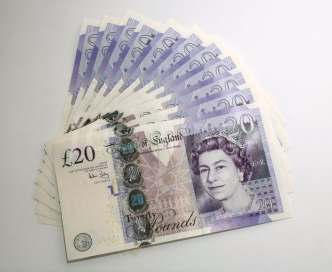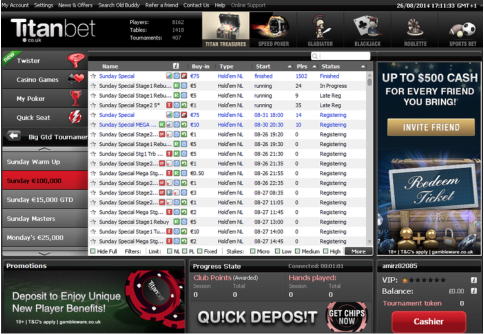Poker Bankroll Management Basics
- Category: Viral |
- 17 Feb, 2016 |
- Views: 4280 |
Poker players need to learn many valuable skills in order to be successful. Some are fairly simple, like the best starting hands, the rank of hands, and the basics of playing each hand. Others are fairly complex; such as learning the odds of making their hand, calculating pot odds and understanding EV (expected value). And others, such as reading their opponents and engaging in second and third level thinking (called “leveling” in the poker world) are very advanced. Obviously players increase their knowledge and skill as they gain more experience. However if a play hopes to gain even the slightest pit of advanced skill they first have to master another key skill; managing their bankroll.

Bankroll Management Basics
The first rule is that a poker bankroll is just that, a poker bankroll. It is not used to pay rent, buy food, or to take care of other necessities. There are many reasons for this. Having a poker bankroll allows the player to track their progress easily. It also prevents the player from playing with “scared money.” If the amount the player takes to the table is needed for other purposes it will affect how well the player performs at the game. The money won at the table is added to the poker bankroll which allows the player to play at higher stakes as their expertise increases.

One of the key decisions when setting up a poker bankroll is the starting amount. This depends of the type of game, cash game or tournament, and the stakes.
For cash games use the following guidelines.
- Limit – The bankroll should equal 300 big blinds. If the big blind is 2.00, the bankroll should equal at least $600.
- No-Limit – The bankroll should equal 20 full buy-ins. If the full buy-in for a .10/.20 game is 10.00 the bankroll should be at least 200.00.
Tournament players have to approach the game slightly differently based on tournament variance. In general a player’s bankroll should have at least 100 buy-ins. For example an online player that generally plays $5 tournaments should have a bankroll of $500.
Maximizing a Bankroll
Players should always look for ways to maximize their bankroll.
Online line poker sites are especially good for this purpose as many offer poker bonus cash for new depositors and during special promotions. The bonuses often offer cash bonuses of 100% or more of the deposit and go a long way to building a bankroll.

Brick and mortar casinos are not a generous but do offer ways to build a bankroll. Often during the first few opening hours the casinos will give a small bonus on buy-ins to a game. Others allow the players to earn comps based on the amount of time spent at the table, which can be used at the casino restaurants. Players should also look for casinos that offer bonus tournament chips for cash game play prior to the start of the tournament and the occasional freeroll tournaments for players that spend a certain amount of time at the tables during the previous month.
Bankroll management during a game
One of the cardinal rules of bankroll management has to do with the initial buy-in. In general the best philosophy is to never buy into a game for more than 5% of your total bankroll.
There are various philosophies for when to leave a game. Instead of setting arbitrary rules, such as leaving when up by 20%, the best rule to follow is to stay in the game as long as you are playing well and the game is good.
Successful poker players spend a great deal of time studying the game of poker and honing their skills. Long term successful players are masters at bankroll management as well.

